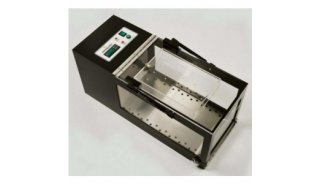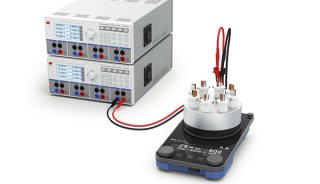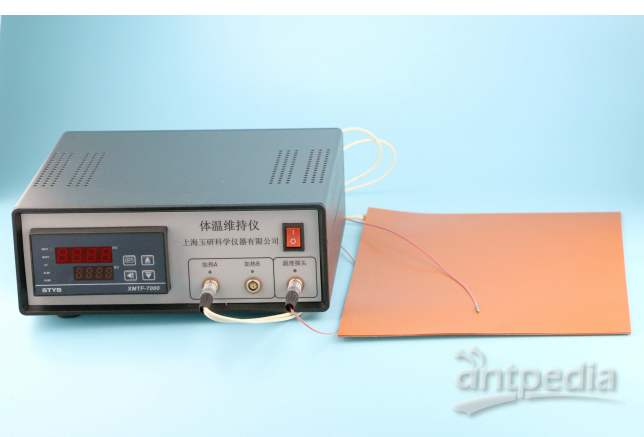Protocols for the preparation of tumour cells for s.c. injections in mice
For the establishment of solid tumour in nude mice, tumour cells are treated in a sterile environment under a cell culturing hood. Disposable sterile plastic pipettes and flasks are used. Cultures are grown in a BB6220 incubator (Heraeus) at 37 °C and 6% CO2.
The tumour models used in our laboratory are obtained by subcutaneous (s.c.) injection of the following cell lines in nude mice:
C51 mouse colon adenocarcinoma
FE-8 rat transformed fibroblasts
F9 murine teratocarcinoma
SKMEL-28 human melanoma
Gelatin coating of flasks:
F9 murine teratocarcinoma and SKMEL-28 human melanoma are cultured in flasks previously coated with 0.1% filtered gelatin solution (Sigma), overnight or 30 min. at 37 °C. Before usage, flasks are washed with sterile PBS.
C51 mouse colon adenocarcinoma cells and FE-8 rat transformed fibroblasts are cultured in flasks with no gelatin coated surface.
Media:
Cell culturing medium for F9 mouse teratocarcinoma and SKMEL-28 human melanoma is composed of DMEM, 10% FCS and 1% antibiotic solution (penicillin, streptomycin, fungizone), all purchased form BioConcept.
Cell culturing medium for C51 mouse colon adenocarcinoma cells and FE-8 rat transformed fibroblasts is composed of DMEM, 10% FCS, 1% antibiotic solution (penicillin, streptomycin, fungizone) and filtered glucose (0.37%).
Flasks:
Small-size flasks (25 cm2) are filled with 8-10 ml of medium.
Medium-size flasks (75 cm2) are filled with 20 ml of medium.
Large-size flasks (150 cm2) are filled with 40 ml of medium.
Passaging cells:
When cells are grown to confluency, they are washed with PBS and treated with a 0.05%-EDTA trypsine solution (BioConcept). Cells are detached from small-size flasks with 1 ml, from medium-size with 1.5 ml, from large-size flasks with 2.5 ml trypsine solution. The cell suspension is transferred into a 15-ml falcon tube and 10 ml medium added. Cells are pelleted by centrifugation (5 min, 1100 rpm), resuspended in fresh medium and divided into culture flasks with medium. Typically, cells are passaged every other day from one flask to a bigger-size flask, or from a large one to three large flasks.
Preparation of Cryotubes:
Typically, cryotubes are prepared from one large culture flask of confluent cells as follows. The medium is removed and the flask washed with 20 ml PBS. 2.5 ml trypsine are then aded and the flask moved gently to rinse all cells. The trypsinized cells are transferred into a 15 ml falcon tube and 10 ml medium added to block the reaction. After centrifugation (5 min., 1100 rpm), the supernatant is aspirated and new fresh medium added. After a second wash with PBS, cells are resuspended in 5 ml of cryotube-medium and aliquoted into 10 cryotubes. The medium used for the preparation of cryotubes is composed of DMEM medium, 20% FCS, 10% DMSO (alternatively, a 10% DMSO solution in FCS can be used for cryotube preparation). These tubes are frozen immediately at -80 0C for at least three days, and then transferred into a liquid nitrogen tank.
Preparation of cells for subcutaneous injection in mice:
From one large flask (150 cm2) with confluent cells, the medium is removed by aspiration. The flask is first washed with 20 ml PBS and then trypsinized with 2.5 ml trypsine solution. The trypsinized cells are transferred into a 15 ml falcon tube and 10 ml medium added. After centrifugation (5 min., 1100 rpm), cells are resuspended in sterile PBS (12 ml) and centrifuged again. The cell pellet is then resuspended in 500-600 μl of PBS and kept in ice, providing material for immdiate s.c. injection into 3-4 mice. Cell concentration before injection can be determined using a Neubauer-cytometer (Sigma). Approximately 106-107 cells are injected subcutaneously into 6-14 week-old female nude mice.




















